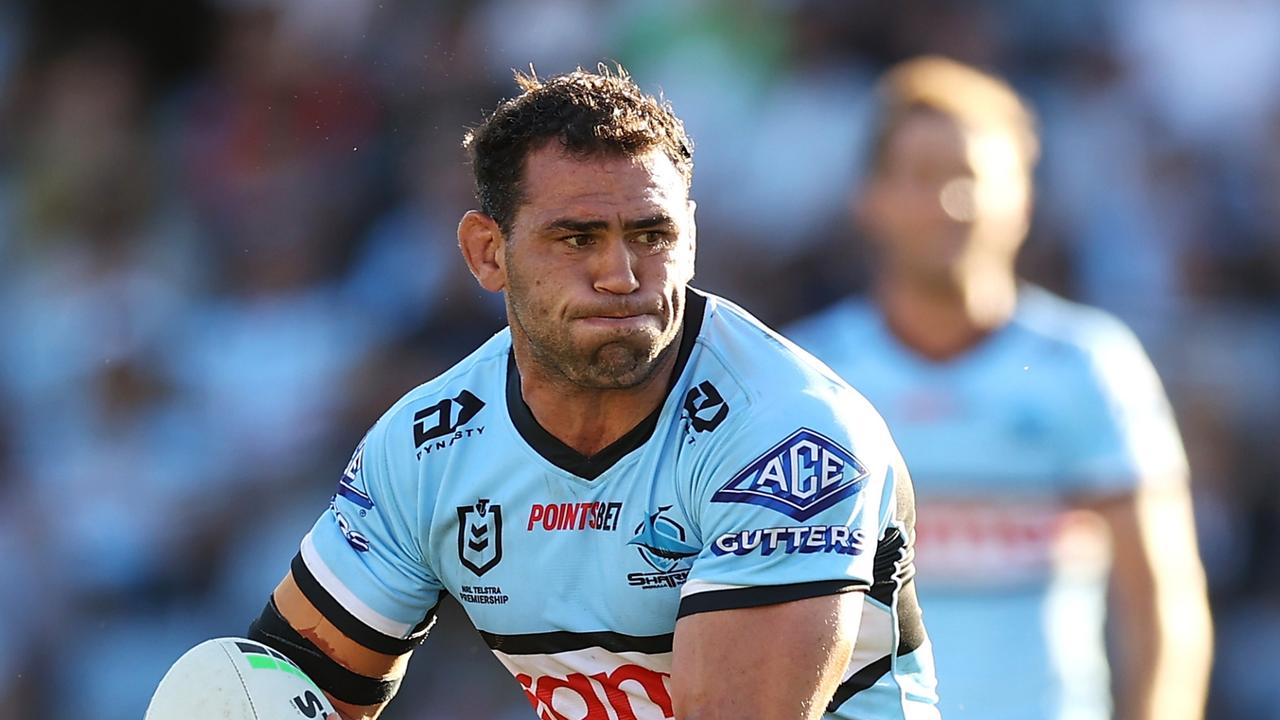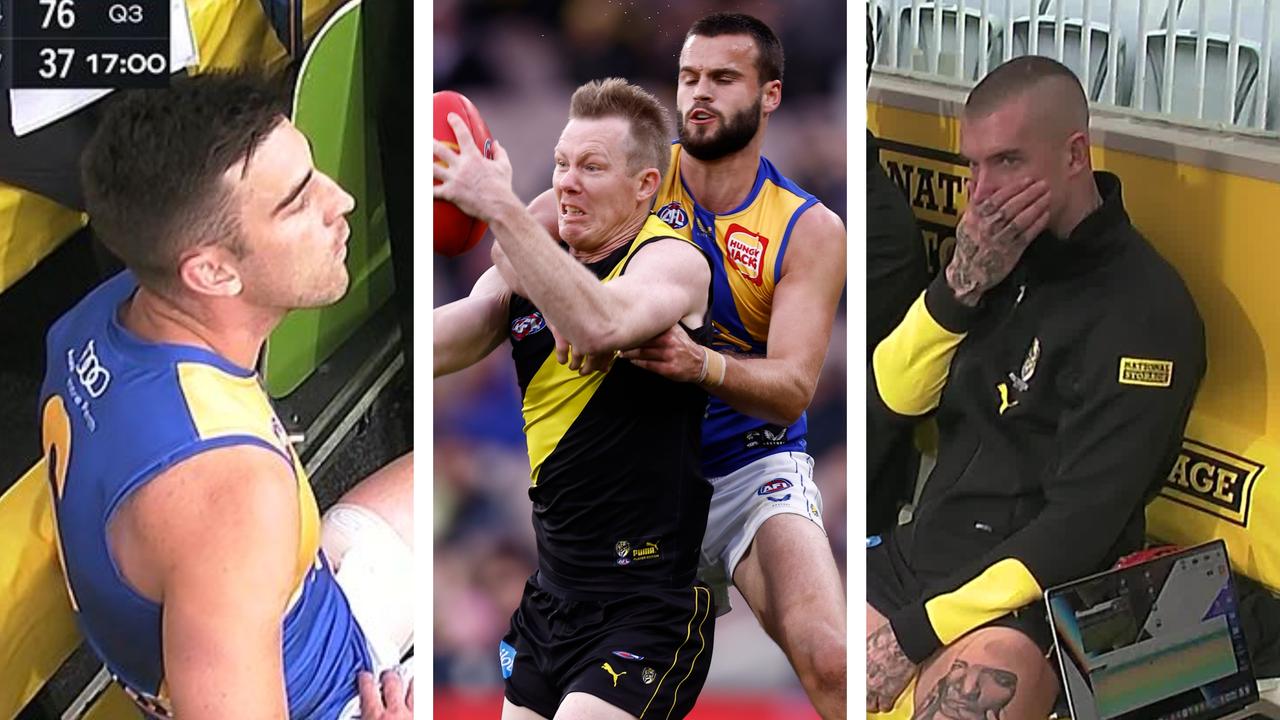It has been 12 years since Mat Ryan was given his first chance at senior professional football when, as an 18-year-old, he left Blacktown City and signed with the Central Coast Mariners. It was an opportunity which opened the door to Club Brugge, Valencia, Brighton and Real Sociedad. It was also an opportunity he believes might not have occurred under current rules.
“When you are taking your first step into professional football, clubs have to take a chance on you,” Ryan says. “If there was a big fee on my head the Mariners might have looked elsewhere and thought the risk was too high.”
Back in 2010, the Mariners signed Ryan for less than $10,000, in line with the cap on domestic transfer fees which stipulated that the maximum amount an A-League Men club could pay a semi-professional National Premier Leagues club for any player was 50% of the remainder of their contract.
In April of this year Football Australia removed that cap, meaning the transfer value of players moving between lower-tier clubs or up to the top flight will be determined by the market. The objective is to stimulate the Australian football economy and ensure NPL clubs are better remunerated for developing players.
The theory is sound: clubs negotiate fees based on their valuation of a player’s worth. It is also a key part of FA chief executive James Johnson’s push towards establishing a domestic transfer system he contends will make Australia relevant in the billion-dollar global transfer market.
But the players’ union, Professional Footballers Australia, and the Australian Professional Leagues disagree, asserting young talent could be priced out of the cash-strapped professional game. Already the number of Australian NPL players making the jump to the ALM is minute. Last season there were 11. Over the past six seasons combined, there have been 63.
And at a time when youth development and the national team is front of mind, the Socceroos goalkeeper says the country can ill afford risking any talent being overlooked.
“We don’t have the luxury of a huge pool of professional players like some other nations, so we need to do more with less to be successful,” Ryan says. “If we have a system that puts barriers in the way of players progressing at a time when we need more players – not less – playing at the highest level, then we run the risk of players not getting the chance I did to establish themselves in the A-League and hopefully for the national team as well.
“If the number of players making the step from the NPL to the A-League is low now, it is hard to understand how taking the cap off will lead to more opportunities for players when it is already so tough for them to get that chance.”
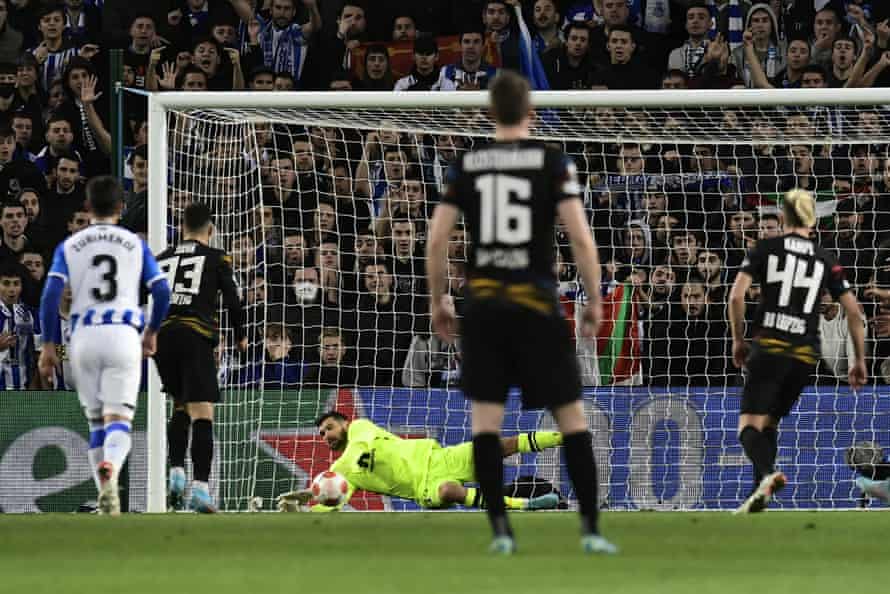
Johnson, who previously worked in the transfer space with Fifa, says the answer is simple.
“It would be like you purchasing a house in Surry Hills for $1m and the government coming in and saying, ‘when you decide you want to sell that house, you can only sell for $500,000’,” he says. “So if you think about that from an economic point of view, it makes no sense whatsoever. It goes against market growth. So these sort of restrictions, economically speaking, they’re suffocating the market.
“And to your point of how do clubs afford to pay transfer fees? I think we’ve got to look at it the other way and say, ‘we’ve got all these restrictions that exist in a sport. Why are they necessary? What’s the objective?’. What we’re actually doing is restraining economical growth of the market, just like the housing market. If we open the economy up we’re going to see growth in the market, which means more revenue will be generated.”
Johnson has used the property-market analogy before, enough times that PFA’s co-chief executive, Beau Busch, has an in-kind response. Busch laments that FA is “focusing on painting the walls rather than putting a roof on the house”.
The APL and PFA say they have requested a financial modelling and training compensation discussion paper, which was not forthcoming. Talks have stalled. And as it stands, the whole bloody house is at risk of being torn down before it can be finished and sold.
For the past two or so years, since the APL has been running the A-Leagues independently of FA, the latter has been working through its XI Principles for the Future of Australian Football document, which has replaced the Whole of Football Plan published in 2015 under Johnson’s predecessor David Gallop.
A key pillar has been efforts to connect the pyramid via a range of means including aligning match calendars, introducing a national second division and moving one Asian Champions League slot from the ALM to the Australia Cup.
Another of these is the domestic transfer system, which has not been in place since a 1994 senate inquiry into corruption recommended its abolishment. The 12 clubs comprising Australia’s salary-capped top flight are allowed to sell players on the international market but not to each other. In practice, it means transfer windows are a time of “mutual terminations”, as contracted players leave one club and immediately sign with a rival.
In January 2021, the governing body issued a transfer system white paper. Over the past 18 months, as underwhelming World Cup qualifying results (they made it in the end) intensified the national conversation around youth development, so too did Johnson’s push to introduce a domestic transfer system.
He believes that synchronising transfer protocols with the rest of the world will help simplify the process for Australian clubs hoping to tap into the billions circulating the international game. According to Fifa’s latest global transfer report, US$4.86bn was spent on transfer fees in the men’s game in 2021. Unsurprisingly, clubs in England received the most with $548.8m, with the other traditional powerhouses close behind. Australian clubs made $1.1m, which was less than Finland ($3.1m), Gambia ($1.5m) and Cyprus ($5.5m), and only a smidge more than Estonia ($900,000).
Johnson says the consultation process since then has been “complex and comprehensive” and involved discussions around player loan measures, agents and training compensation – a financial reimbursement paid to a player’s training clubs when a player signs their first professional contract and/or on each subsequent transfer until their 23rd birthday. But he is also dogged in his approach and intimates he is willing to implement changes unilaterally if he believes they are needed.
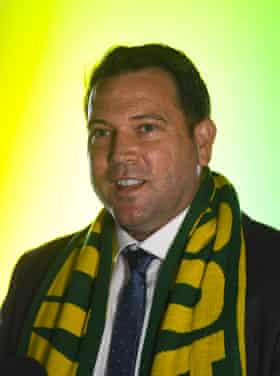
“We’re going to keep talking to stakeholders,” Johnson says. “What we’re not going to do, though, is get bogged down in bureaucracy.”
The obvious risk with that approach is alienating the very clubs he is trying to help and the union representing the players themselves.
“The challenge with the current framework,” Busch says, “when you look objectively at the data and the research, is that not only does it often not achieve its stated objectives, it actually defeats them.”
Busch points to an erosion of competitive balance in most of the world’s major leagues. He says the transfer system has created a secondary market for agents, who receive 10 times the amount of money paid out in training compensation and solidarity payments. He cites England as a stark example of said system’s inability to redistribute revenue effectively through the pyramid and makes specific reference to the Crouch review and subsequent government endorsement of an independent regulator. He also references Fifa’s most recent global talent report, which finds that when development systems view players as a means to financial gain, those players do not reach their potential.
“We need to place the player at the centre of that discussion and really focus on that,” Busch says. “Where we’re stuck is we’re talking about introducing a transfer system and other means to redistribute revenue. But the game’s focus is that we have a revenue shortfall at the moment, and we actually need to build the pie rather than work through how we divide the pie.”
Despite all of this, PFA says it does not oppose the concept of a domestic transfer system but wants it collectively bargained, and Busch says a failure to do so would throw the labour market into chaos. He also argues a domestic transfer system cannot coexist with a salary cap.
The APL, too, says it is willing to consider it, though its chief executive, Danny Townsend, is unconvinced it will yield meaningful financial changes in practice.
“Ultimately what we’ve got to try and do is get a greater share of the international transfer market,” Townsend says. “Time should be spent on bringing new money into Australian football, not moving the same amount of money around the same economy.
“That’s not to say rewarding the right time of behaviour through a regulation like a domestic compensation system is not something worthy of exploring – it certainly is.”
However you spin it, the professional game is probably better equipped to spot and develop talent than the lower tiers. Lachlan Rose is one of the few Australian NPL players to have signed for an ALM club, having been scouted by Macarthur FC’s inaugural coach Ante Milicic in 2020. Milicic’s football department found the 21-year-old playing in the NPL2 for Blacktown Spartans, and plucked him from obscurity.
Rose’s goal that season was to make the youth team. Instead, he made 25 appearances for the senior team including 10 starts, before signing a contract extension and playing another 25 matches in 2021-22.
“I was just so grateful that the coaching staff and the club showed faith in someone coming from NPL2 – it’s a gamble,” he says. “But I think they knew deep down it wasn’t a gamble. I think they believed in me almost as much as I believed in myself.”
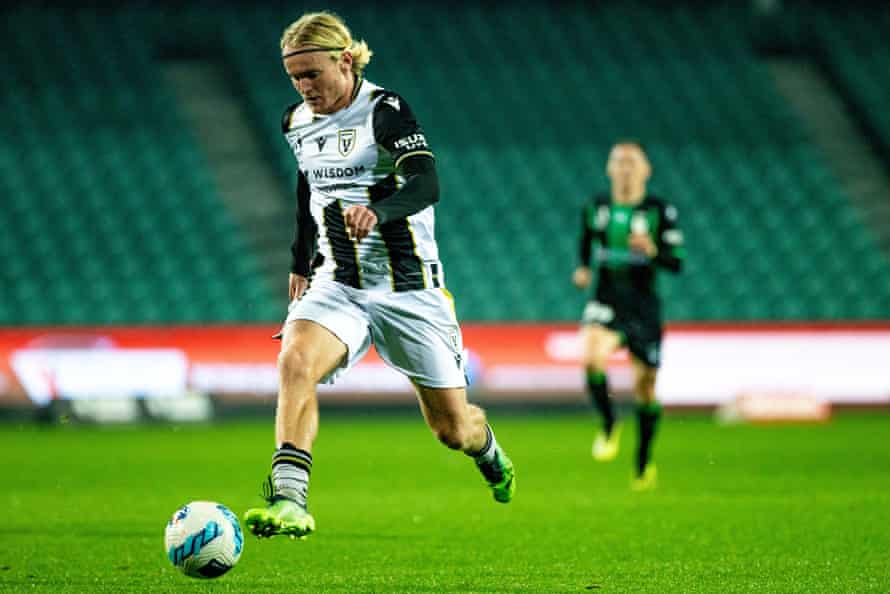
Between the ages of 13 and 18, Rose was a self-described “six-out-of-10 player” – good but not a standout – and did not get into an academy. But he had a work ethic to rival the best, and made it his business to learn. Now, at 23, he is a club revelation.
Even if he had been approached by Macarthur today, he does not believe the Spartans would have priced him out of signing. But had a club done so, he would have been “pretty shattered”.
“You don’t want to hold back a young player coming through the ranks who is just begging for an opportunity,” he says. “If it’s holding a young player back from being successful, or maybe being the next big thing for Australia, it’s a bit unfair. This is just personally how I feel as a player.
“It’s a tough conversation. I generally think the transfer fee is a good idea, but I don’t think at this point in time it is the right thing. Coming out of the pandemic as well, it will make it harder for clubs to take a gamble on players like me who weren’t in a league set-up from a young age.”
Covid-19 has certainly affected A-Leagues clubs, who have taken a hit not only at the gate but also in decreased broadcast distributions since signing with Network Ten in May of last year. Money is tight, and Townsend says the focus should be on incremental revenue streams.
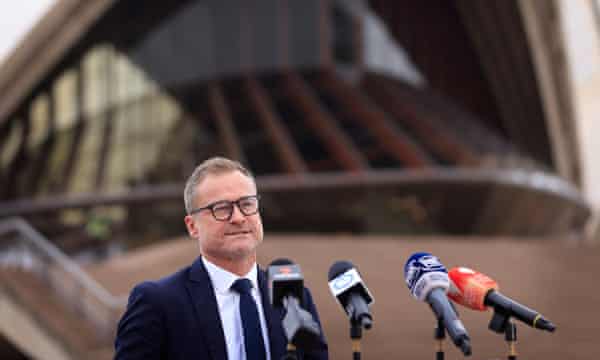
“I’m not against rewarding the right type of behaviour around developing talent,” says Townsend, a former Sydney FC chief executive and ex-NSL player. “A-League clubs have invested heavily in their academy set-ups and youth development pathways so the focus will be on developing that talent rather than buying in outside talent. NPL clubs are doing the same and we the game should support and reward that.”
“To be fair, what FA is trying to put in place is a framework. It’s not suggesting it is mandated. It’s there to give all clubs some power, which is the right thing to do. But I don’t think it will change things too dramatically as there are more players flowing down the pyramid than up it at the moment.
“I can tell you in my time at Sydney FC, we transferred probably 15 young players overseas and not one of them was done with the full training compensation paid according to Fifa regulations. I think the same applies in the domestic system, so if it says Sydney FC need to pay an NPL club $60,000 for a 17-year-old, I could say to that club, ‘no, I don’t want to pay that, it’s too expensive. However, I’ll pay you $20,000 but give you a 10% sell-on?’. And they might go, ‘super, I’m in’. So it provides a useful framework to negotiate.”
Other sources have indicated that clubs, when selling a player abroad, waive the training compensation owed to them under Fifa regulations on a regular basis, often in favour of a sell-on clause. In essence, everything is open to negotiation.
Domestically, FA is pressing ahead with ideas. A discussion paper seen by Guardian Australia puts forward six potential models for training compensation due by an ALM club which signs another ALM club’s academy player to their first senior professional contact.
The first three suggest the current one-time payment of $10,000 becomes an annual payment of 25%, 50% or 100% of that sum. The other three suggest an annual payment of the average ($9,356), lowest ($7,057) or highest $14,282 A-League academy cost per player. Any option would be well above the wage earned by the players, many of whom would be academy players signed on scholarship deals.
Ryan’s international success has been lucrative for his junior clubs, to the tune of more than $1.5m in accordance with Fifa regulations stipulating that a player’s formation clubs receive 5% of any international fee.
His former Socceroos teammate and captain, Mile Jedinak, has made a six-figure sum for his NPL club, Sydney United, from whom he was signed by the Mariners.
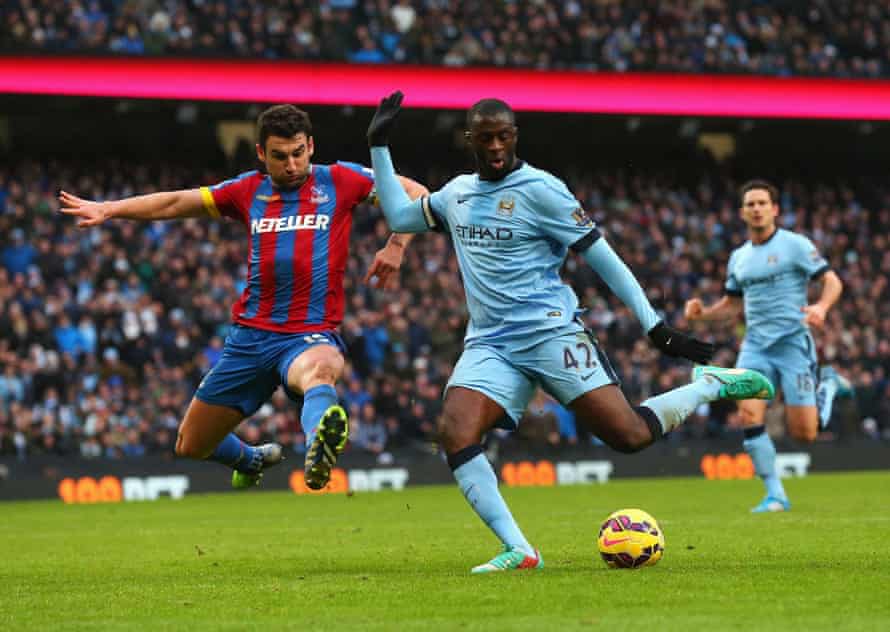
But Ryan also feels uncomfortable with a system that would compensate clubs for developing talent when it is actually parents paying for their kids to play.
“I’m hugely thankful for the opportunity Blacktown gave me, and kids around the country are getting the same chance now, but the majority of their parents are also paying for that via the fees,” Ryan says. “We have to make sure clubs don’t stand in the way of kids pursuing their dream even after players have paid all the way through their development.”
As ever, there are more questions than answers. And if a domestic transfer system is not the answer, then what is? Busch believes it is two-pronged: access followed by support.
“Through a mix of Covid, the emergence of Australian coaches and more of a focus on youth development, we’ve created opportunity,” he says. “We’re seeing that with the emergence of really promising, talented young players including Kye Rowles and Kusini Yengi.
“The challenge for the sport is how do we take this opportunity and create a virtuous cycle? We need to make sure the sport is affordable. Then we need to support talented young players to be world-class international players. That’s going to be around coaching, helping them make the best decisions on and off the field and develop the psychological resilience to be able to cope with the challenges.”


:format(webp)/https://www.thestar.com/content/dam/thestar/sports/basketball/2022/06/28/t-wolves-welcome-rookie-kesslers-defense-size-and-upside/2022062115068-62b2177d553380ee6aa33fbfjpeg.jpg)
